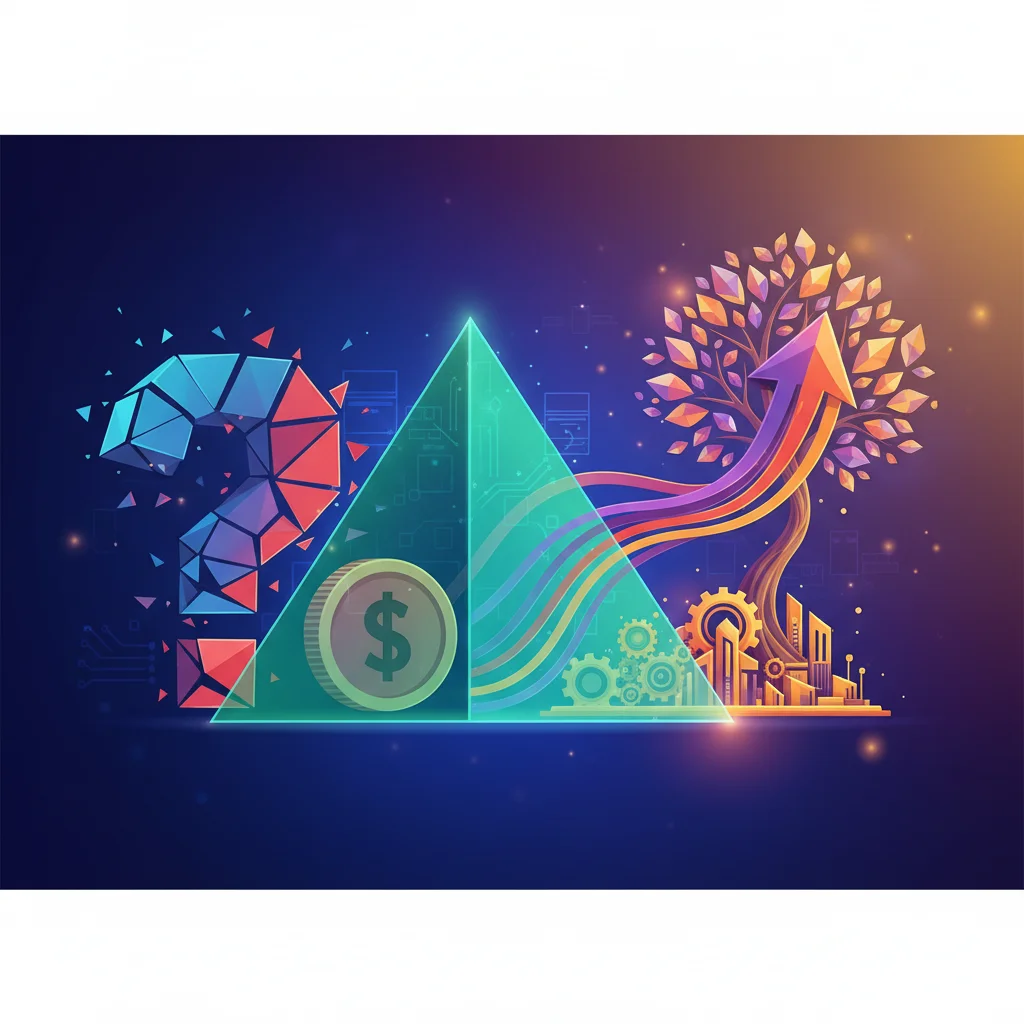
The Gufram Gambit: Why “Will It Sell?” is the Wrong Question for Long-Term Value Creation
The Unconventional Question Driving Sustainable Growth
In the high-stakes world of modern business and finance, one question dominates every boardroom and investor call: “Will it sell?” From product launches to strategic mergers, the immediate impact on the bottom line is the primary metric for success. But what if this relentless focus on short-term commercial viability is fundamentally flawed? What if the most powerful engine for long-term value is a question that ignores sales altogether?
Enter Gufram, an iconic Italian design house, and its “global creative orchestrator,” Charley Vezza. From their factory in Barolo, they operate on a principle that would send a shiver down the spine of a typical CFO. “We don’t ask: ‘Is it going to sell?’ We ask: ‘Is it Gufram enough?’” Vezza states. This isn’t just an artistic whim; it’s a profound business strategy with powerful lessons for anyone involved in investing, corporate leadership, and even the disruptive world of financial technology.
Gufram’s approach is a masterclass in building an economic moat through cultural capital. By prioritizing brand integrity and radical innovation over market trends, they have cultivated a legacy of scarcity, desire, and unshakable brand equity—assets that are far more durable than a single quarter’s sales figures.
Radical Design as a Blueprint for Disruptive Innovation
Founded in 1966, Gufram was at the epicentre of Italy’s Radical Design movement. Its iconic pieces—the lip-shaped Bocca sofa, the Pratone chaise that mimics a patch of grass, and the surreal Cactus coat stand—were not designed to blend in. They were crafted from polyurethane foam, a then-novel material, to challenge conventions and make a statement. In today’s terms, Gufram was a disruptive startup, using new technology (polyurethane) to create a product category that didn’t exist.
This mirrors the trajectory of today’s most successful ventures in fintech and blockchain. The pioneers of decentralized finance (DeFi) or peer-to-peer lending didn’t start by asking how to build a slightly better traditional bank. They asked how to fundamentally reinvent the concept of banking and value exchange. Like Gufram’s Cactus, these ideas initially seemed bizarre and impractical to the establishment. Yet, by refusing to compromise their vision for mass-market appeal, they created entirely new ecosystems with immense long-term potential.
For investors and business leaders, the lesson is clear: true market-defining growth rarely comes from incremental improvements. It comes from “Gufram-enough” ideas that have the courage to be different. Chasing fleeting consumer trends is a race to the bottom; building a category of one creates a sustainable competitive advantage.
The Economics of Authenticity: From Product to Asset
Gufram’s business model is a powerful study in the economics of scarcity. By producing its most iconic pieces in limited, numbered editions, the company transforms furniture from a mere commodity into a collectible asset. An original Gufram piece isn’t just a sofa; it’s a piece of design history that appreciates in value. This strategy has profound implications for how we think about value creation.
Consider the parallels in the investment world. A day trader chasing volatile


